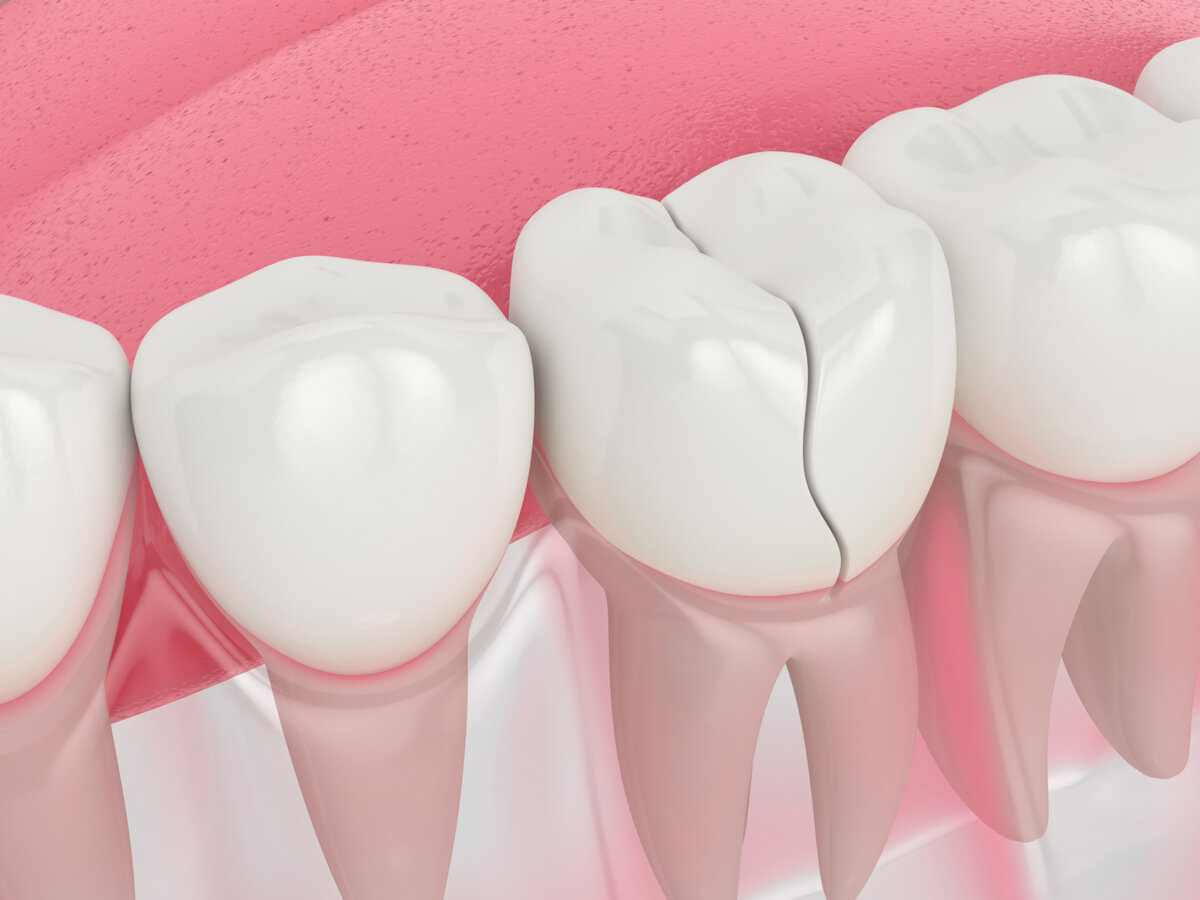Blog
Dental hygiene tips for healthy teeth & gums

Why You Shouldn’t Ignore Cracked Teeth!
The implication of a cracked tooth transcends concerns of aesthetics. The ancillary complications of a cracked tooth include infection that can seep into the bone and gums. The consequent tooth abscesses can result in problems like bad breath, swelling of gums, sensitivity, toothache, fever, etc. Hence, it is vital to be mindful of what we eat and how we eat to avoid the possibility of getting a chipped or cracked tooth.
What Happens When a Tooth is Cracked?
The enamel of a tooth is precious, to say the least. It is one of the hardest constituents of the human body. Beneath the enamel there exists a layer called the dentin. Both the dentin and the enamel team up to protect the underlying soft tissue called the pulp, wherein the soft tissues and blood vessels reside. Due to accidents chewing tough foods or grinding the teeth at night (bruxism), a may tooth cracks; that is, the protective layer is partially annihilated, and the safety of the tooth is compromised. Some tooth cracks are minor. But, many times, a tooth crack may pave a convenient pathway for bacteria, thereby causing tooth decay, gum diseases, or even damage to the pulp.
Some of the typical reasons for a cracked tooth are:
- Pressure from grinding of teeth, also known as bruxism
- The integrity of a tooth may weaken to extra large dental fillings
- Chewing or biting hard foods
- Accidents, falls, and injuries may result in blows to the mouth and crack a tooth or two
- Abrupt temperature fluctuations in the mouth switching from hot foods to cold foods can also cause a tooth to crack.
- A cracked tooth can also occur due to aging
Types of Cracked Teeth
- At times, cracks on the teeth may appear as super-small lines on the enamel, known as crazed lines. Such cracks are minor and do not require dental intervention or treatments.
- Sometimes, cracks can mainly occur around dental fillings. Such fissures are known as fractured cusps, and they are mostly superficial and do not affect the tooth’s pulp.
- Certain cracks on the tooth can extend into the gum line, prompting its extraction.
- Another type of crack splits the tooth into two salves and extends to the gum line. It is a massive crack that requires immediate professional interception.
- A vertical tooth crack or rupture is one wherein the crack travels upwards, from the gum line to the tip of the tooth. It is an extensive fissure that usually culminates in extraction.
Taking Care of a Cracked Tooth
The type of care that a cracked tooth necessitates depends upon the severity of the crack and its location. Often, a dentist will conduct a rigorous examination of the chipped or cracked tooth via X-ray and may either suggest restorative dental procedures like a dental crown, veneers, bonding, or a root canal. It is crucial to understand that early and quick treatment is the most viable way to deal with a cracked tooth as delays can lead to infections and periodontal diseases.
Book Appointment to find out which treatment might be best for you.
